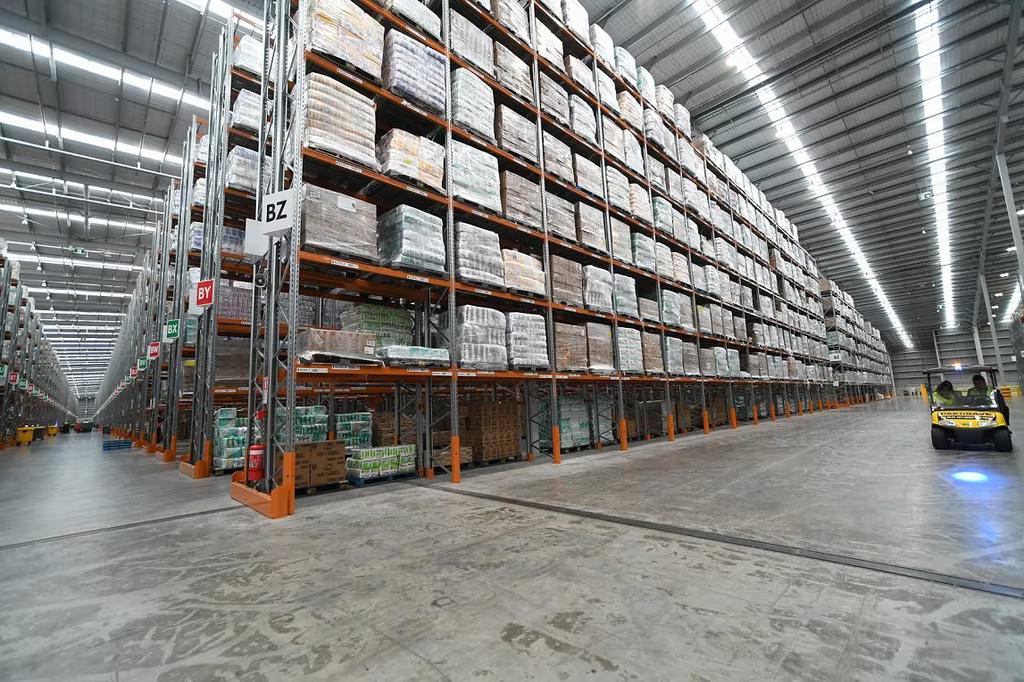
Media Release: Cost increases from grocery suppliers to supermarkets increase 8.8% in May
Supplier costs continue to increase, although momentum in the cost increases to supermarkets has eased compared with 2022. The Infometrics-Foodstuffs New Zealand Grocery Supplier Cost Index (GSCI) shows an 8.8%pa increase in what suppliers charged supermarkets for goods in May 2023.
“The 8.8%pa increase in the GSCI is an improvement on the double-digit increases seen since October last year. However, the annual growth rate in costs has moderated due to May 2022’s record monthly increase in the GSCI falling into the comparison period,” says Infometrics Chief Executive and Principal Economist Brad Olsen. “Costs haven’t fallen, but they are rising at a slower pace than seen in some months of 2022. Importantly, the May 2023 monthly increase of 0.4% is still in the top quartile of monthly cost increases seen in the GSCI.”
The Infometrics-Foodstuffs New Zealand Grocery Supplier Cost Index (GSCI), commissioned by Foodstuffs New Zealand, measures the change in the cost of grocery goods charged by suppliers to the Foodstuffs North Island and South Island cooperatives. The Index utilises detailed Foodstuffs NZ data across over 60,000 products Foodstuffs buys to stock in store, making it the largest dataset of its type in New Zealand, to give a real-time view on supplier cost changes.
Every month, the Index tracks what it costs supermarkets to buy the goods to put on the shelf. Previous analysis shows that supplier costs are the major component of supermarket prices, representing two-thirds of the on-shelf price.
“Input costs for suppliers continue to rise, including wages, raw materials, and other services. These higher input costs are still pushing up supplier costs to supermarkets, albeit at a less frantic pace than at times during 2022,” says Mr Olsen. “Looking forward, both global indicators and domestic data point towards further moderation in cost pressures over time. However, costs are still rising more quickly than normal, even if the rate of growth is less acute than it was last year.”
The number and magnitude of cost increases remains larger than before. In May 2023, nearly 5,600 items increased in cost, compared to fewer than 1,200 in May 2020 and around 2,200 in May 2019. Over 2018-19, an average of fewer than 2,000 items a month experienced an increase in cost. May 2023 saw over 12% of cost changes increasing by more than 20%, compared to 9% of products increasing by the same amount in May 2020, and only 7% in May 2019.
“Supplier costs rose across all departments again in May, although the headline annual increases have moderated as the large May 2022 monthly result falls into the comparison period,” says Mr Olsen. “Frozen goods, produce, and grocery departments saw the largest monthly movements, with a variety of products seeing larger increases. Frozen food price increases were across the board, with produce prices pushed up by avocados, cucumbers, and bananas, and grocery cost rises underpinned by pet food, energy drinks, and chocolate.”
ENDS
Note:
The Infometrics-Foodstuffs New Zealand Grocery Supplier Cost Index (GSCI), commissioned by Foodstuffs New Zealand, measures the change in the cost of grocery goods charged by suppliers to the Foodstuffs North and South Island cooperatives.
The Index utilises detailed Foodstuffs NZ data, across over 60,000 products, analysed by independent economics consultancy Infometrics to produce the GSCI and publish it on a monthly basis. For more details see www.infometrics.co.nz/product/grocery-supplier-cost-index.









